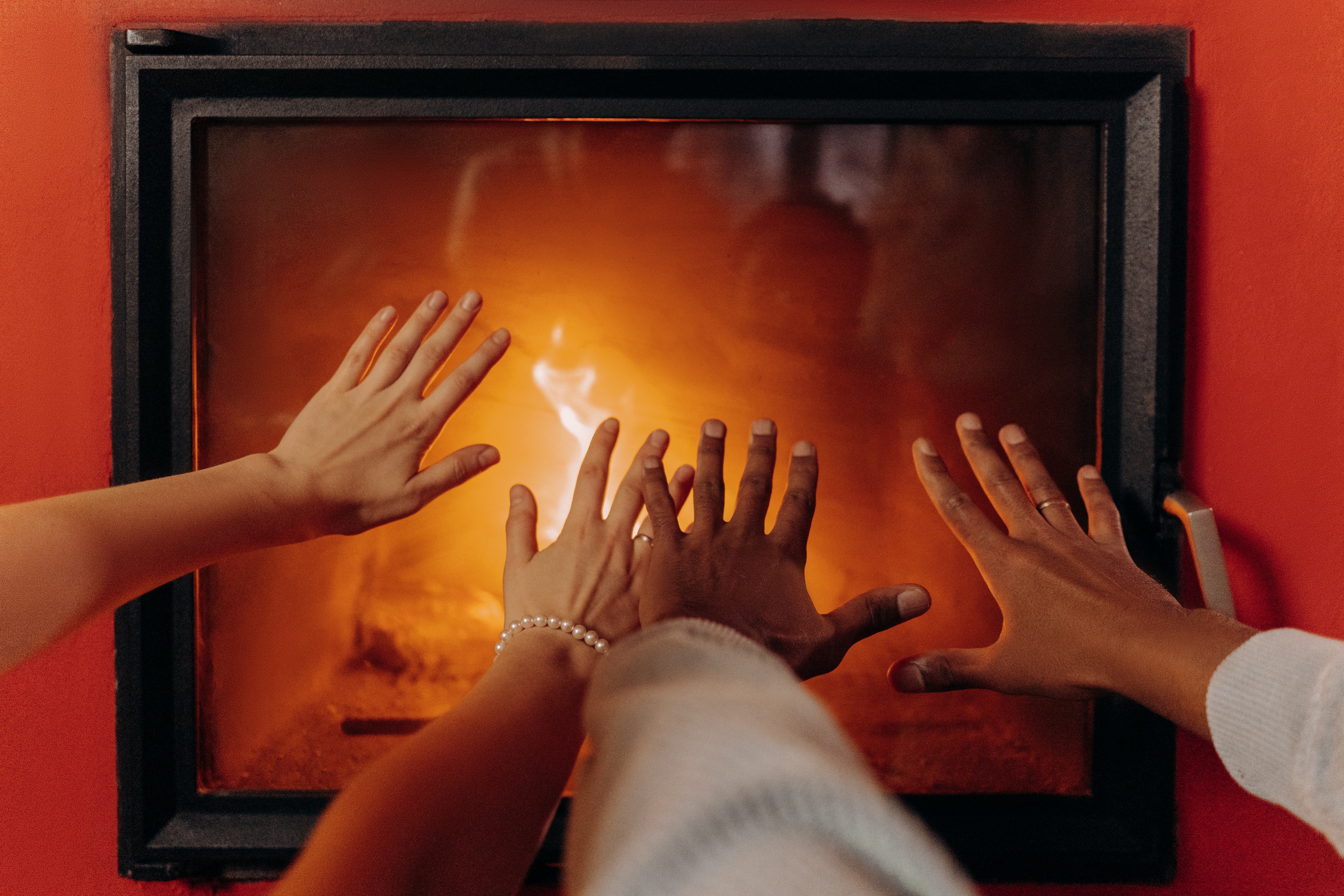Posted: 15 August 2022
To prepare for winter, we need to save

The temporary 10-day blockade, which ended on July 21, for planned maintenance of the Nord Stream 1 gas pipeline, which connects Russia to northern Europe, has greatly frightened the whole of Europe. The big fear is that Russia may decide to continue to reduce gas supplies, which would not only drive up energy prices further, but could hamper the storage needed to cope with the winter months, with destructive economic and social effects. The chairman of the International Energy Agency (IEA), Fatih Birol, anticipate of the reopening of Nord Stream and at the same time as Ukraine's historic entry into the agency, released a statement a few weeks ago with some important observations.
Birol stated by European Commission President Von der Leyen, says that the gas crisis in Europe has been going on for a long time, well before the invasion of Ukraine. In September 2021, five months before the war began, the IEA pointed out that Russia was preventing a significant amount of gas from reaching Europe. In January 2022, the IEA had sounded a further alarm, pointing out that the large and unwarranted reductions in Russian supplies to Europe were creating "artificial tension in the markets," driving up prices just as tensions toward Ukraine were rising. Given the profound implications that gas sales also have for Russia, the option that it might indeed completely cut off supplies to Europe as a form of retaliation is perhaps unlikely, but instead a substantial reduction can be expected. Europe's fear is therefore more than legitimate and makes it necessary to prepare quickly for any eventuality. Which indeed Europe is doing.
The European Commission, to protect itself against further supply cuts from Russia, announced on July 20 a plan to reduce gas demand and required member states to implement immediately, between August 2022 and March 2023, a voluntary 15% reduction in demand compared to the average of the last five years and to have storage facilities filled to at least 80% by November 1st. After a heated week-long discussion, member states agreed to the commitment, which will still entail major efforts.
The first immediate step to filling gas storage to the levels demanded by the Commission before winter is to reduce Europe's current gas consumption. In part this is already happening because of skyrocketing gas prices, but much more is needed: according to the IEA, savings should be in the order of 12 billion cubic meters in the next three months. The IEA and the European Commission have been addressing the energy crisis since the early days of the invasion of Ukraine.
The Energy Agency, a week after the start of the invasion of Ukraine in February, announced a 10-point Plan to reduce Europe's dependence on Russian gas. This plan emphasized the need to maximize gas supplies from other sources, accelerate the large-scale deployment of renewable energy, make the most of existing low-emission energy sources such as renewable and nuclear, and increase energy efficiency and energy-saving measures.
The European Union's response was not slow to be heard. In May 2022, the RePowerEU plan was launched, which its main goal the zeroing of Europe's dependence on Russian fossil fuels by 2027 and, of course, the fight against climate change as envisioned by the Green Deal. The European Plan includes a complex system of solutions necessary for the energy transition to a low- or zero-emission economy. In order to have clean, low-cost, secure and independent energy, Europe is focusing on diversification of energy sources, especially renewable sources, energy suppliers and energy-saving work across multiple sectors.
The message is clear: with timely and sustained action, it is possible to reduce Europe's dependence on Russian gas imports, and to do so in an orderly manner consistent with the Union's climate ambitions. Against this backdrop, and following the Commission's recent call to cut gas consumption and replenish storage, comes a new IEA plan with five concrete actions for European leaders to take immediately for a more coordinated approach to prepare for the coming winter.
The first action involves introducing auction platforms to incentivize European industrial gas users to reduce demand. Industrial gas consumers can offer a portion of their supply for compensation, which can lead to greater efficiency and competitiveness. Similar auction models have been developed in Germany and proposed in the Netherlands.
Energy conservation is the second point. This involves minimizing the use of gas in the power sector, temporarily increasing coal- and oil-fired generation, and accelerating the deployment of low-carbon sources, including nuclear power, which by the way was officially included in the European Green Taxonomy, with the final vote in the European Parliament on July 6.
The IEA is moving forward with the other three measures: improving coordination between gas and electricity operators in Europe, especially to manage storage; reducing household demand for electricity by setting standards; and finally, harmonizing national and European contingency plans for supply reduction measures and solidarity mechanisms.
Today, Europe must do everything possible to reduce the risk of severe gas shortages and rationing, especially in view of the coming winter, and at the same time, it is necessary to stay the course on the transition to clean energy. The European Union now really needs joint and united action, not least because the implications of this crisis go far beyond the energy sector.